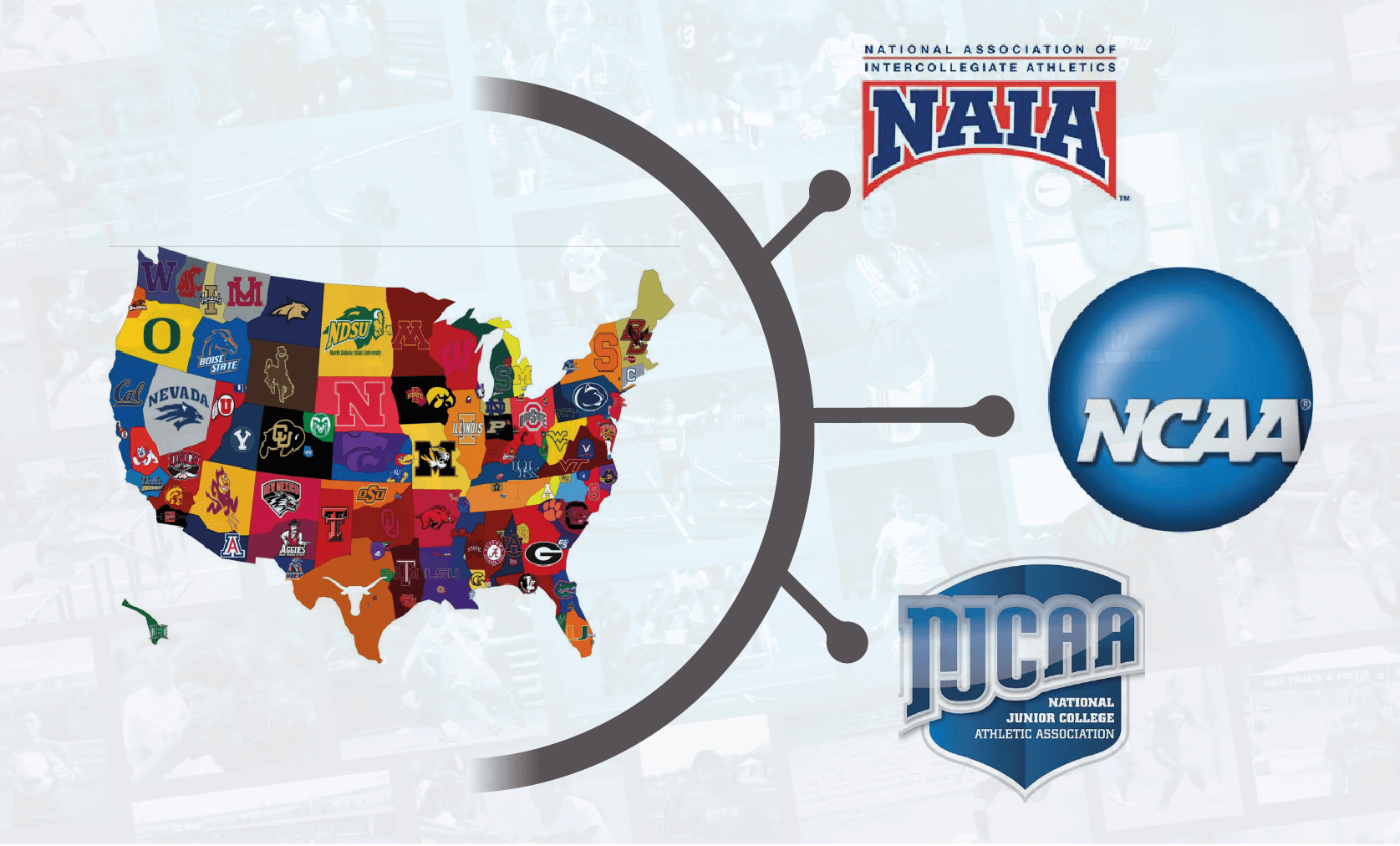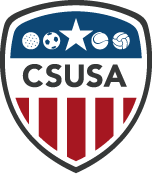What is the difference between NCAA and NAIA?

One common question that most young athletes ask, when considering College Sports, is what the differences are in the divisions?
It is a massively misunderstood part of the process, but it is understandable why people are confused.
In most of the world Division 1 is better than Division 2…naturally.
This is not how it works in College Sports!
Each university offering college sports must apply for an affiliation to a college sports division, the major ones being:
| NCAA D1 (4 year Schools) |
NCAA D2 (4 year Schools) |
NCAA D3 (4 year Schools) |
NAIA (4 year Schools) |
NJCAA (2 year Schools) |
|
| # Universities/Colleges | 351 | 308 | 443 | 250 | 500 |
| # Student-Athletes | 180,000 | 122,000 | 191,000 | 65,000 | 59,000 |
| Athletic scholarship | Yes | Yes | No | Yes | Yes |
There is a lot of criteria considered when a university decides on what division it will compete in, like finances, location and preference.
One major factor:
How many sports does the university offer?
- Typically NCAA Division 1 teams have many sports and a larger American Football or Basketball Team
- Universities with fewer teams or lack of American Football may opt for NCAA Division 2, NJCAA or NAIA.
Therefore…
Whatever division the university decides to compete in normally ALL the other sports following and compete in that division. Being in NCAA Division 1 does not automatically make the program better.
- Just because a soccer team competes in NCAA Division 1, it does not automatically make them better than all NJCAA, NCAA Division 2 & 3 and NAIA programs.
- Many of the best College Golf teams are in NCAA Division 2 or NAIA
- The top NAIA Tennis programs can have stronger players than a low-level NCAA Division 1
- Some top pro soccer players started their college carrer at the NJCAA level
It is true that the elite NCAA Division 1 teams, due to the popularity of the sports programs lead by American Football and Baksetball, tend to attract the top American sporting talents to their schools, which often means that the other sports at those schools are strong too.
But unless you are Olympic level- or youth international level athlete, who usually are recruited by the top 30-40 NCAA Division 1 teams, you must remember that there are many other factors than just the division to consider when evaluating a school.
Find out more about College Sports here: https://www.collegescholarshipsusa.com/college-sports/

Christian Ingul 
Golf


Fredrik Borenstein 
Soccer


Hanna Månsson 
Soccer


Isabella Tropé 
Soccer


Janne Kildahl Brouer 
Soccer


William Heuser 
Soccer





